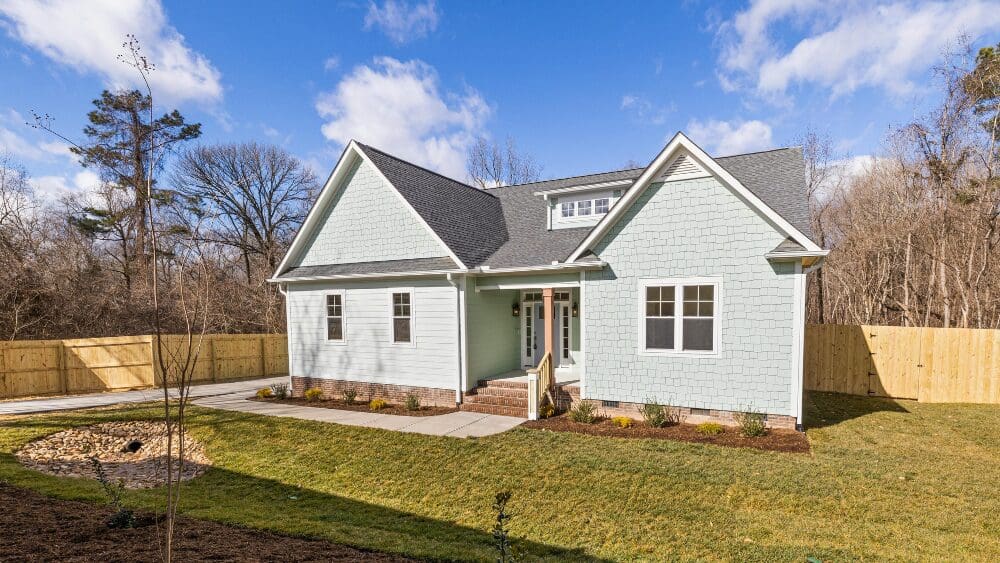
Many potential homebuyers feel sidelined by high interest rates. But what if there was a way to bypass these rates by taking over an existing home loan? It’s a question being asked more often in the current market. But can you buy someone’s mortgage from the bank? Buying, or rather assuming a mortgage, is a potential solution for savvy home shoppers looking for homeownership options. This approach involves taking over the existing mortgage of a home for sale, potentially allowing you to enjoy lower interest rates and reduced monthly payments. In this guide, we’ll explore what it means to assume a mortgage when you buy a house, the types of transferable mortgages, the pros and cons, and how to get started. When you hear the term “buying someone’s mortgage from the bank,” in most cases, it’s actually referring to a process known as “mortgage assumption” or simply “assuming a mortgage.” This means that as a buyer, you have the opportunity to take over the seller’s existing mortgage instead of securing a new one. In this process, you essentially step into the seller’s shoes, taking on their current loan with its existing terms, interest rate, and remaining balance. This transition of the mortgage from the seller to you, the buyer, can be a strategic move, especially in a market where current mortgage rates are high. Eric Broesamle, a top Michigan real estate agent who’s been helping homebuyers for more than 22 years, says more buyers are looking for creative solutions. “People are worried about interest rates, and [assuming a loan] is a way to get a lower rate and possibly avoid some of the loan or closing fees.” Often, the interest rate of the existing mortgage is lower than what you might get if you were to take out a new loan in the current market. This difference in interest rates can translate into substantial savings, both in terms of monthly payments and the total cost of the loan over time. For instance, let’s say you assume a mortgage with a remaining balance of $300,000 at an interest rate of 3%. If you were to get a new mortgage at 7%, the difference could mean saving hundreds of dollars per month, and thousands over the life of the loan. “There are some mortgage loans that are not assumable,” explains Broesamle. “That’s something that you would need to find out once you locate the property that you want to buy. We’d get in touch with the seller’s agent and lender.” Generally, the most common types of assumable mortgages are those backed by the federal government. Here’s a brief overview: It’s worth noting that conventional loans, which are not backed by the government, are typically not assumable. There are, however, some rare exceptions. If you’re considering a conventional loan, it’s always a good idea to check with the lender to see if assumption is an option. Remember, each lender might have different rules and requirements for assuming a mortgage, so it’s crucial to verify with the current lender whether a loan is assumable and understand the specific requirements and conditions involved.What does it mean to buy someone’s mortgage from the bank?
Cost comparison for 3% vs. 7% interest rate on a $300,000 mortgage
Example: 30-year fixed
3% interest rate
7% interest rate
Savings
Monthly payment
$1,265
$1,996
$731 per month
Total interest paid
$155,332
$418,527
$263,195
Final total loan cost
$455,332
$718,527
$263,195
What types of mortgages are transferable?



